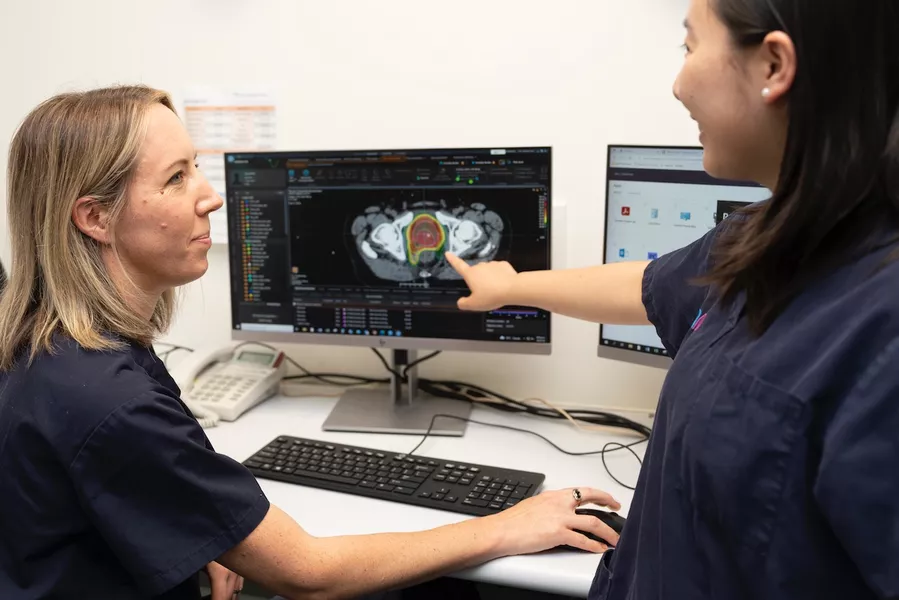What is Cancer?
Normally cells grow and reproduce in an orderly and controlled way that keeps the body healthy. When a cell becomes old or damaged it usually dies, but sometimes the system goes wrong and the cell is allowed to keep on dividing until a lump called a tumour starts to form. There are two types of tumours, benign and malignant.

Normally cells grow and reproduce in an orderly and controlled way that keeps the body healthy. When a cell becomes old or damaged it usually dies, but sometimes the system goes wrong and the cell is allowed to keep on dividing until a lump called a tumour starts to form. There are two types of tumours, benign and malignant.
Benign tumours are made up of cells that are similar to normal cells. They only cause problems if they get too big and uncomfortable or release hormones. Some benign tumours become unsightly or may press on other organs in the body.
Malignant tumours are made of cancer cells. Cancer cells from malignant tumours can also spread to other parts of the body and grow into new tumours. A cancer that has spread has metastasised.
There are over 200 types of cells in the body so there are over 200 types of cancer, and each cancer is named after the area the cell came from. Each organ of your body can have several kinds of cancer.
Where a cancer starts is called the primary cancer and if it has spread into nearby tissue it’s called locally advanced cancer. An example of this is a lung cancer spreading into the lining of the chest, or ovarian cancer spreading into the lining of the abdomen. Cancer cells that are carried through the lymphatic system or the blood stream to other parts of the body are called secondary cancers or metastases.


